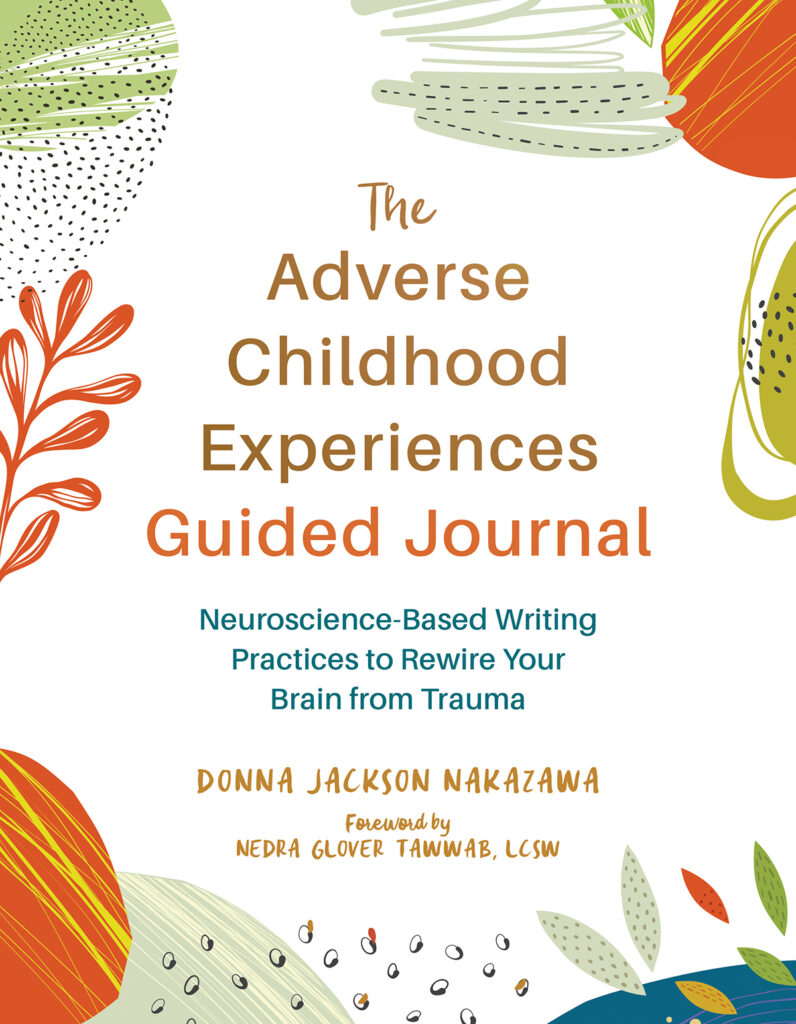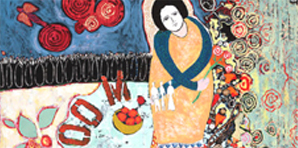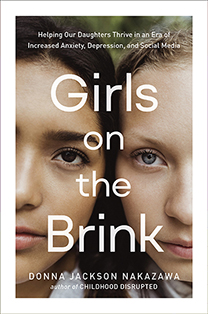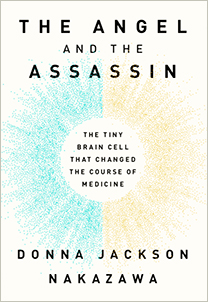Many people with #ACE’s (Adverse Childhood Experiences) are finding that the early #trauma and sense of unsafety they endured growing up are being re-triggered during these fear-laden times, amidst the #Covid #pandemic, political upheaval, and feeling isolated. Stress and uncertainty can trigger old, sticky feelings of fear, anxiety, or loss from long ago and bring up new, painful negative thoughts and physical symptoms. This can be true even when we’ve worked really hard to resolve our trauma. It can feel like we’re backsliding. I know that this is certainly the case for me, and I know, from so many of you who’ve reached out to me, that this is also the case for many of you.

So here’s a gentle reminder. It’s so important to stop, pause, and take care of yourself during these difficult times, as often as you need to. It is OKAY to take a break whenever you need to, even if it’s every twenty minutes. Go for a walk. Order yourself some flowers and put them in a favorite vase. Do five minutes of deep breathing. Call a friend. Reach out to a trusted mental health care practitioner. Do all of the above.
Whenever I am triggered in my personal life and old fears emerge (which is often these days), I return to the many different tools in my toolbox. One is a series of basic breath techniques that help me move through old sticky feelings and dissipate the fear, tension, and uncertainty I feel.
To inspire you, here’s a quick review of the science on how breathing techniques can help you to calm your nervous system by activating the parasympathetic nervous system (what I like to call the Purr Now System), or PNS, which helps to boost the relaxation response.
Oxygenating the Brain
Your nervous system is comprised of an intricate network that carries messages from the brain to the body—telling you whether you are safe or not safe—in order to help you regulate your bodily functions and prepare for any possible situations, interactions, or challenges in your environment for which you may need to prepare. This network is a two-way superhighway of messaging.
Messages rise from the body to tell the brain whether you’re safe, and the brain sends messages to the body about whether you need to prepare for any potential threat. This communication is constant, and one of the ways in which the body and brain communicate is through the breath: You take in 25,000 breaths a day.
Breathing Too Fast
If your breath is shallow, or coming quickly, as it is when you are stressed, the brain gets the message to act and respond as if you’re in physical danger. Respiratory messages take top priority when it comes to getting the brain’s attention.

Breathing and Emotions
Your emotional state of mind affects the rate, depth, and pattern of your breath and vice versa. Manipulating the breath in ways that match up with a particular emotion—such as fear, rage, joy, or contentment—can account for as much as 40 percent of how you feel emotionally. Think of screaming out loud in pain, holding your breath in fear, laughing with gladness, sighing with relief, or breathing in deeply as you drink in a beautiful scene in nature.
Breathing Technique
According to decades of research, the most beneficial breath sequence for stimulating the positive healing power of the parasympathetic nervous system (PNS), calming your brain and body, and managing anxiety is breathing in for 5½ seconds and breathing out for 5½ seconds. It can also help to make your exhale last longer than your inhale.
Filling your diaphragm—by pushing your belly out like a Buddha’s belly—also helps push blood into the heart and slow your heart rate. Slowing your heart rate helps to pump blood throughout the body, thus oxygenating the body and brain. This helps stimulate the PNS and the relaxation response.

Breathing vs. Medication
Although many medicines can temporarily dampen the stress response and the sympathetic nervous system (or what I call the Stress Now System), there are no medications you can take to boost the rest and relaxation response, or the parasympathetic nervous system. Slow, gentle breathing can stimulate the relaxation response rapidly and effectively—in as little as five minutes.
The oldest tool we have is the most powerful—the breath—and it has zero side effects.
Stop the negative self-talk and soothe your nervous system
The events and stressors of this past year have prompted me to create a new course, Your Healing Narrative: Write-to-Heal with Neural-Re-Narrating™️, to help you work through your #ACE’s and become resilient in the face of current stressors.
In this course, I teach you a new way to talk to yourself by intertwining writing prompts with mind-body exercises to signal your nervous system to calm down, reverse negative self-talk, and begin to recover from #ACEs.
This program combines a series of writing prompts with mindfulness techniques and the latest neuroscience to help you engage in what I call Neural Re-Narrating™—creating a new, more powerful and resonant healing narrative that will help you change neural pathways in the brain in ways that will help you to flourish in your current life, even in these times of adversity.
Learn more here.



















